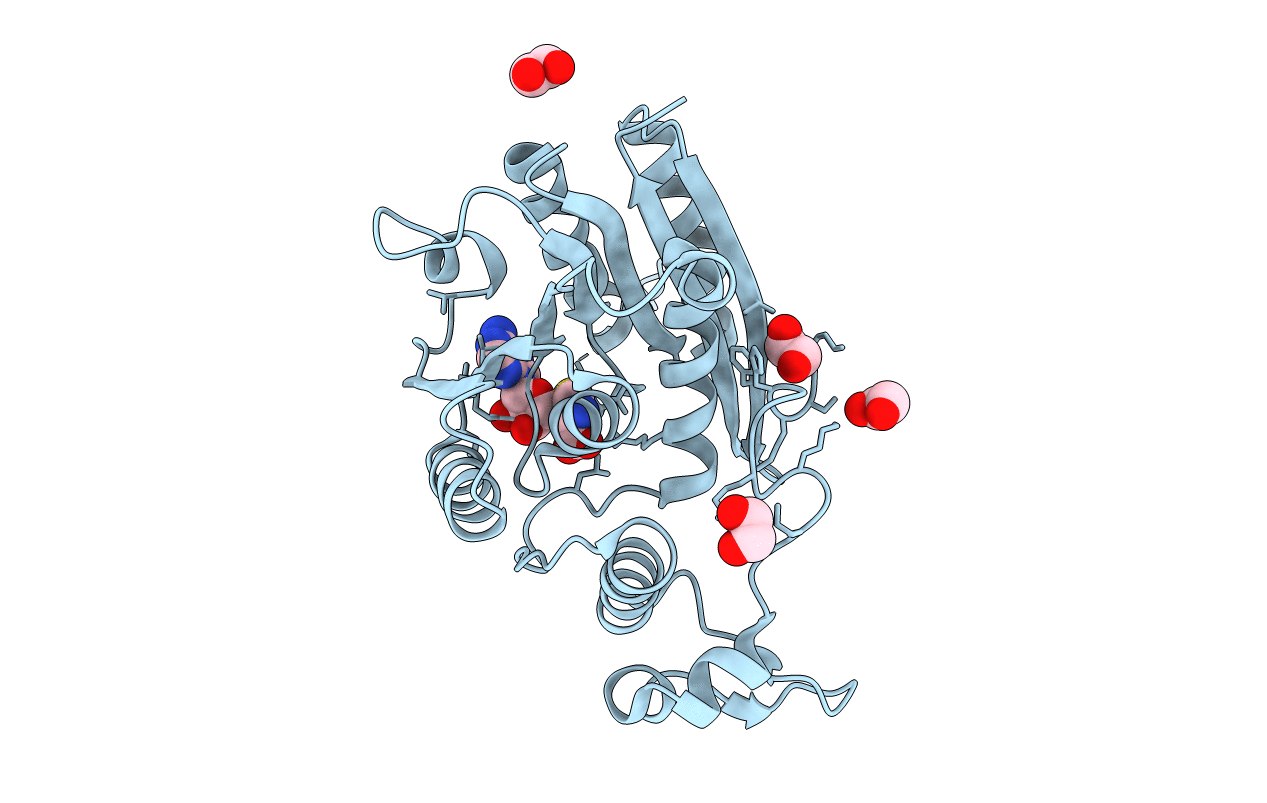
Deposition Date
2017-10-09
Release Date
2018-04-04
Last Version Date
2023-10-04
Entry Detail
PDB ID:
6B92
Keywords:
Title:
Crystal Structure of the N-terminal domain of human METTL16 in complex with SAH
Biological Source:
Source Organism:
Homo sapiens (Taxon ID: 9606)
Host Organism:
Method Details:
Experimental Method:
Resolution:
2.10 Å
R-Value Free:
0.21
R-Value Work:
0.18
R-Value Observed:
0.18
Space Group:
I 41 3 2


